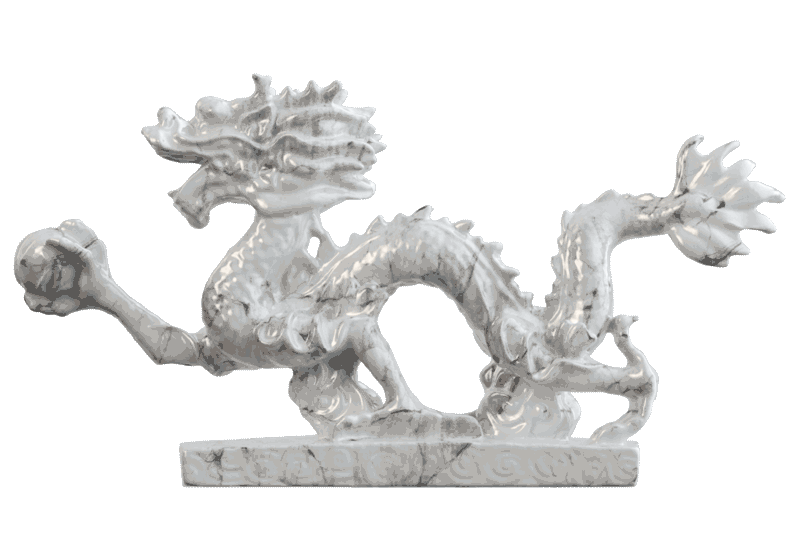Legacy companies carry the weight of their history. That legacy can be a source of immense pride, but it can also morph into complacency – the enemy of innovation. In a world of constant change, brands that were once synonymous with a product category can find themselves floundering. Think of Kodak, a pioneer held back by its own reliance on traditional film even as digital photography exploded.
However, legacy brands hold advantages that startups would envy: established customer bases, resources, and often, an element of trust built up over decades. A powerful, intentional brand revitalization can awaken dormant strengths, driving a resurgence of innovation.
Why Legacy Brands Stagnate
Legacy companies often find innovation challenging due to factors like:
- Complacency: Years of success can breed complacency, stifling a willingness to explore new solutions.
- Risk Aversion: Established processes and revenue streams make legacy brands hesitant to take bold bets.
- Legacy Mindset: A focus on maintaining the status quo rather than embracing disruption and transformation.
The Dangers of Stasis
An outdated brand isn’t just a cosmetic problem, it has significant business implications:
- Missed Opportunities: When a brand's message and values are out of sync with contemporary culture, they miss out on connecting with emerging customer segments. A classic example is howHarley-Davidson faced an aging customer base until it embraced a broader, more inclusive definition of the "biker" spirit.
- Talent Drain: Top talent, especially younger generations, are drawn to organizations with a clear sense of purpose and a culture of innovation. A legacy brand perceived as stuck in the past will struggle to compete for the best people.
- Falling Behind the Competition: When market leaders become complacent, it opens doors for smaller, more nimble competitors. Legacy brands risk not just losing market share but becoming irrelevant if they fail to adapt and push boundaries.

Branding as a Catalyst
A strategic branding (or rebranding) initiative focuses a legacy company on the core elements that drive success; this process intrinsically sparks innovation:
- Purpose Beyond Profit: Companies founded decades ago might have lost sight of their founding mission. Revisiting 'why' the business exists is powerful. It can refocus product development, inspire existing employees, and resonate with values-driven customers. Patagonia's unwavering commitment to environmentalism sets it apart in the outdoor industry.
- Customer Centricity 2.0: Many legacy companies assume they know their customer. But in-depth market research might reveal changing demographics, untapped niches, or pain points that point the way toward new product or service offerings. Nintendo, after losing ground to more high-powered consoles, rediscovered its niche by focusing on family-friendly fun with the Wii.
- Uncovering the Untapped Differentiator: What makes your legacy brand truly unique? It might be an element of craftsmanship, an unwavering commitment to quality, or a heritage story that resonates particularly in today's market. This differentiator becomes a beacon, informing everything from messaging to potential new ventures.
Steps on the Path to Innovation
Here’s how branding sets the stage for legacy companies to rediscover their innovative edge:
- Data-Driven X-Ray: An honest assessment is the first step. Customer feedback, competitor analysis, and even internal employee perception surveys help reveal where the disconnect between brand image and reality lies.
- Future Forward Vision: Where could your brand be in five years? Ten? This exercise shouldn't simply be about growth targets, but about the kind of positive impact the company aspires to make.
- From Storytelling to Story Doing: Craft a brand story built on your legacy roots yet boldly embracing where you're headed. This isn't just about marketing; it should be the North Star for decisions company-wide.
The ROI of Revitalization
Investing in branding during uncertain times might feel counterintuitive, but the payoffs are real. A revitalized brand attracts and retains top talent because people feel excited to be a part of the story. It fuels new ideas because there’s a clear vision, and it creates customer loyalty beyond mere habit.

